Clean Eating vs. Processed Foods: The Ultimate Showdown
Introduction
In a world dominated by fast food chains and pre-packaged meals, the debate over clean eating versus processed foods is more relevant than ever. As more people become health-conscious, there is a growing interest in understanding the impact of diet on overall well-being. This article delves into the differences between clean eating and processed foods, exploring their effects on health, environment, and lifestyle.
What is Clean Eating?
Clean eating revolves around consuming whole, unprocessed foods that are as close to their natural state as possible. It emphasizes the intake of fruits, vegetables, whole grains, lean proteins, and healthy fats. The clean eating philosophy encourages mindful eating practices, such as paying attention to food sourcing and preparation methods, and aims to eliminate additives, preservatives, and artificial ingredients from the diet.
The Rise of Processed Foods
Processed foods have become a staple in modern diets due to their convenience, affordability, and long shelf life. These foods undergo various levels of processing, ranging from minimally processed items like frozen vegetables to heavily processed products like ready-to-eat meals. While they offer convenience, processed foods often contain high levels of sodium, sugars, unhealthy fats, and artificial additives.
Nutritional Differences
Vitamins and Minerals
Clean eating emphasizes nutrient-dense foods that are rich in essential vitamins and minerals. Fresh fruits and vegetables, for example, are excellent sources of vitamins A, C, and K, as well as potassium and magnesium. In contrast, processed foods often lose their nutritional value during processing, which can lead to deficiencies if they make up a significant portion of one’s diet.
Fiber Content
Whole, unprocessed foods are typically high in dietary fiber, which is essential for digestive health. Fiber helps regulate blood sugar levels, reduce cholesterol, and maintain a healthy weight. Processed foods, particularly refined grains, tend to be stripped of their fiber content, leading to potential digestive issues and increased risk of chronic diseases.
Additives and Preservatives
One of the key differences between clean eating and processed foods is the presence of additives and preservatives. While these substances are used to enhance flavor, texture, and shelf life, they may have adverse health effects. Some additives have been linked to health issues such as allergies, hyperactivity in children, and even cancer.
Impact on Health
Weight Management
Clean eating can aid in weight management by promoting the consumption of low-calorie, nutrient-dense foods. By focusing on whole foods and avoiding processed snacks high in sugars and unhealthy fats, individuals are more likely to maintain a healthy weight. On the other hand, processed foods contribute to weight gain and obesity due to their high-calorie content and low satiety.
Chronic Disease Prevention
A diet rich in whole foods has been associated with a reduced risk of chronic diseases such as heart disease, diabetes, and cancer. The antioxidants and anti-inflammatory compounds found in fruits, vegetables, and whole grains play a protective role against these conditions. Conversely, diets high in processed foods have been linked to increased inflammation and higher risk of chronic diseases.
Environmental Considerations
Sustainability
Clean eating often aligns with sustainable food practices, such as supporting local farmers, choosing organic produce, and reducing food waste. These practices help minimize the environmental impact of food production. In contrast, processed foods typically require more energy and resources to produce, contributing to environmental degradation and increased carbon footprint.
Packaging Waste
Processed foods are often packaged in materials that contribute to environmental pollution. The use of plastics and non-biodegradable materials results in significant waste that harms ecosystems. Clean eating, which focuses on whole, unpackaged foods, naturally reduces the amount of packaging waste generated.
Lifestyle and Accessibility
Convenience
One of the main advantages of processed foods is their convenience. They save time in meal preparation, making them appealing to busy individuals. However, clean eating encourages cooking and preparing meals at home, which can be time-consuming but offers greater control over ingredients and portion sizes.
Cost
The cost of clean eating versus processed foods is a common consideration for many. Processed foods can be cheaper due to mass production and subsidies, while organic and whole foods can be more expensive. However, investing in whole foods may lead to long-term savings through better health outcomes and reduced medical expenses.
Conclusion
The debate between clean eating and processed foods is multifaceted, encompassing aspects of nutrition, health, environment, and lifestyle. While processed foods offer convenience, they often come at the cost of nutrition and health. Clean eating, although requiring more effort and potentially higher costs, promotes a healthier lifestyle and sustainable food practices. Ultimately, the choice between clean eating and processed foods depends on individual priorities, but the benefits of a balanced, whole-food diet are undeniable.

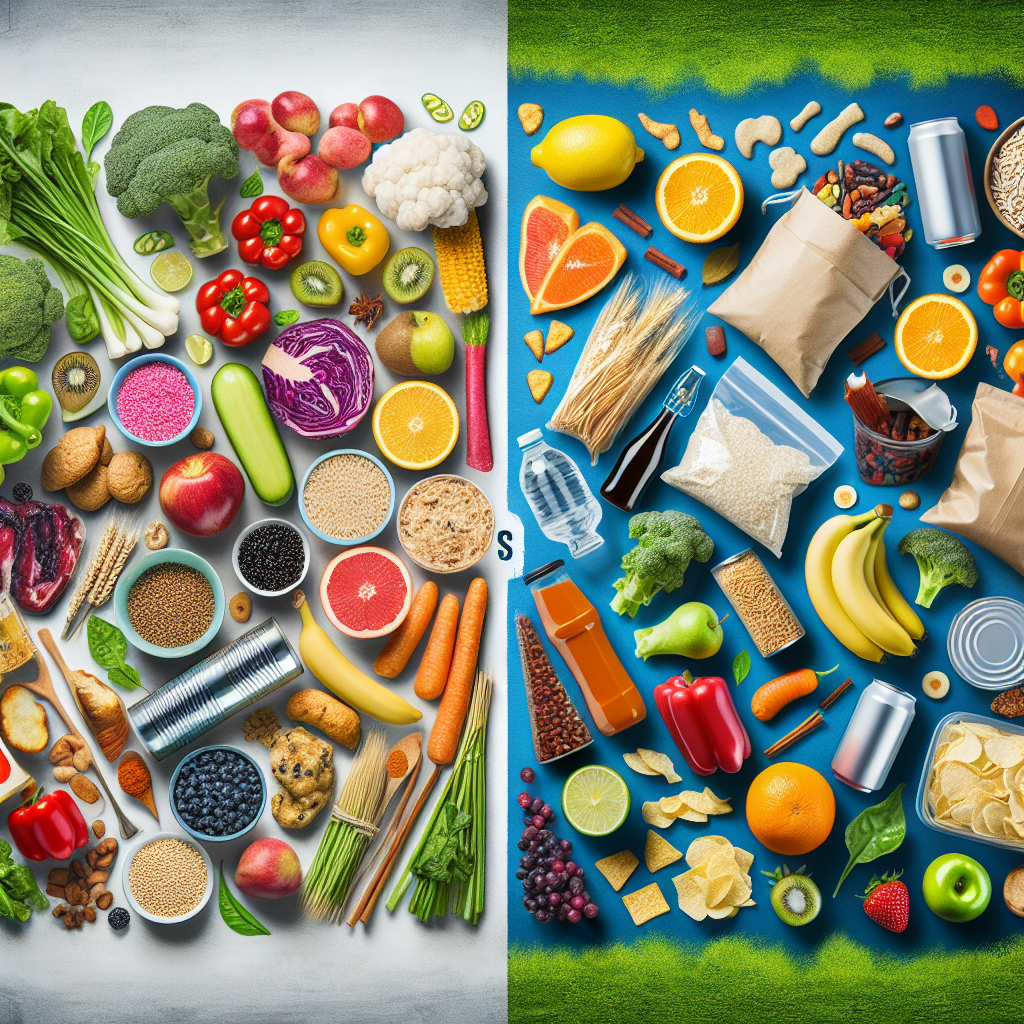




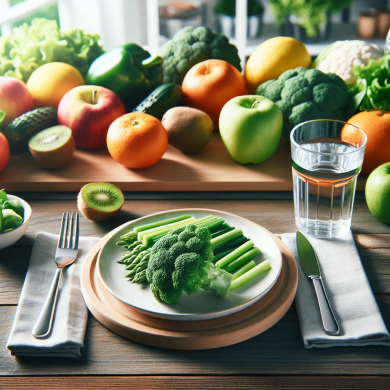
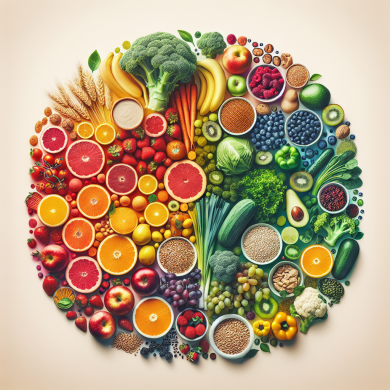
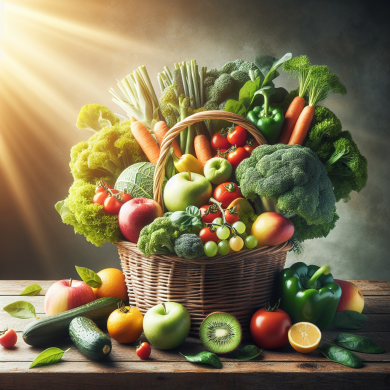
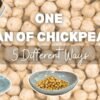





Add comment